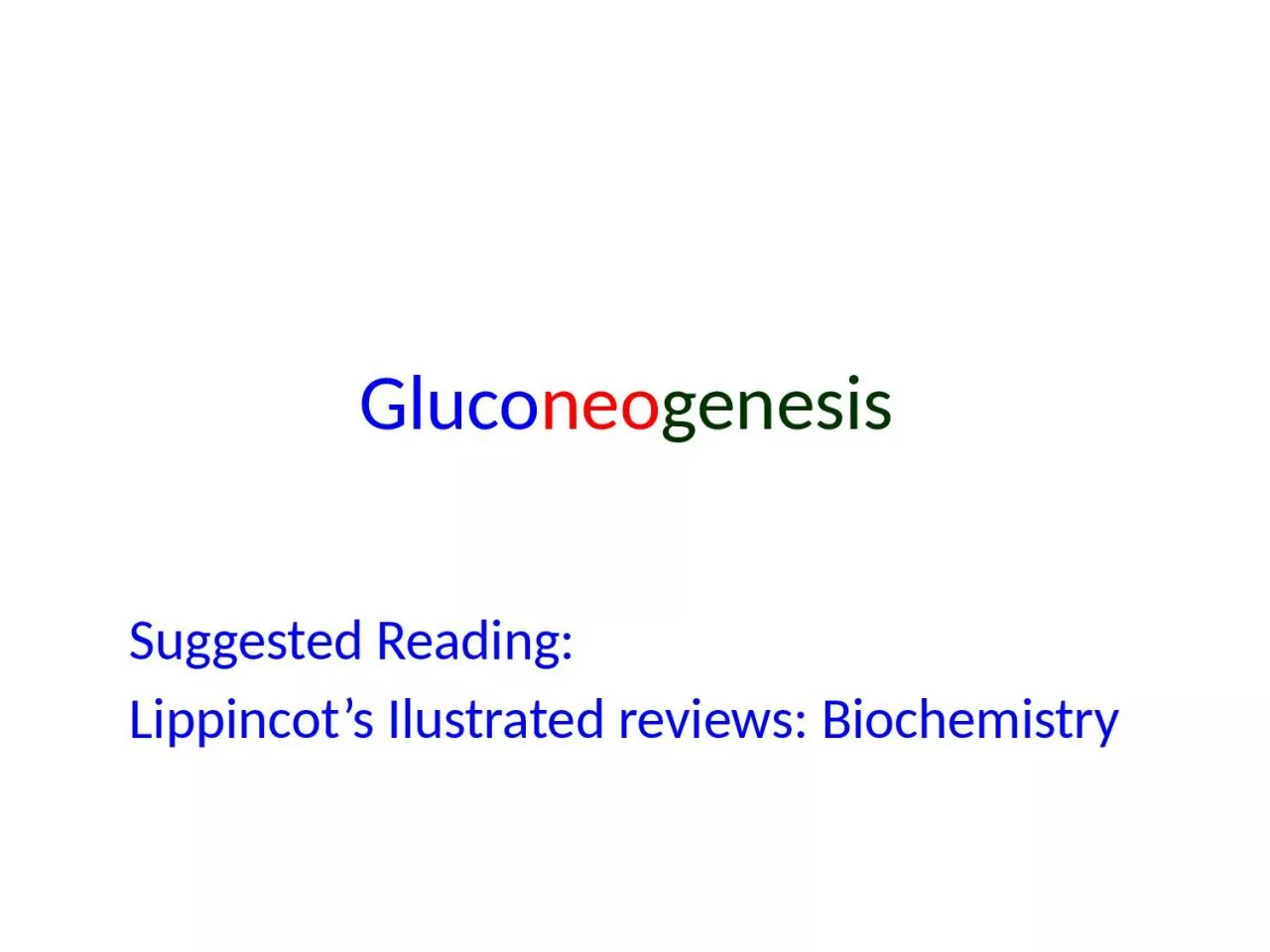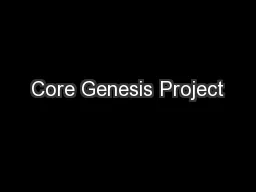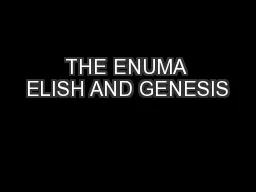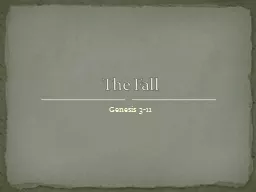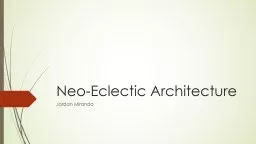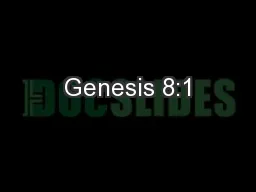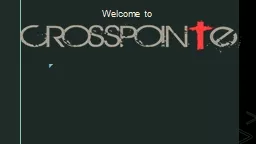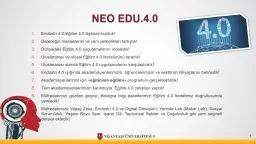PPT-Gluco neo genesis Suggested Reading:
Author : rodriguez | Published Date : 2024-01-13
Lippincots Ilustrated reviews Biochemistry Glucose Synthesis is Required for Survival Brain is dependent on glucose 120gday Body glucose reserve is limited 20
Presentation Embed Code
Download Presentation
Download Presentation The PPT/PDF document "Gluco neo genesis Suggested Reading:" is the property of its rightful owner. Permission is granted to download and print the materials on this website for personal, non-commercial use only, and to display it on your personal computer provided you do not modify the materials and that you retain all copyright notices contained in the materials. By downloading content from our website, you accept the terms of this agreement.
Gluco neo genesis Suggested Reading:: Transcript
Download Rules Of Document
"Gluco neo genesis Suggested Reading:"The content belongs to its owner. You may download and print it for personal use, without modification, and keep all copyright notices. By downloading, you agree to these terms.
Related Documents

